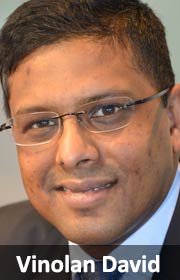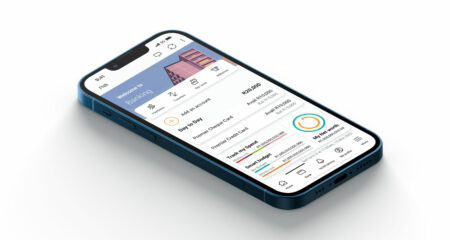 Depending on who you speak to, cash is either still king or simply yesterday’s hero. But what everyone agrees on is that the payment ecosystem of today is drastically different to what it was 20 years ago and technological innovations are quickly driving businesses and individuals to conduct more of their banking online.
Depending on who you speak to, cash is either still king or simply yesterday’s hero. But what everyone agrees on is that the payment ecosystem of today is drastically different to what it was 20 years ago and technological innovations are quickly driving businesses and individuals to conduct more of their banking online.
It’s true that there is something about using cash that makes many people sleep better at night. In fact, global studies by MasterCard have found that even though the world’s population has access to multiple payment options, cash still accounts for 85% of all consumer transactions throughout the world.
Even in the most cashless countries like France and the Netherlands, cash was still found to account for 40% or more of all consumer transactions. In many emerging markets, the cashless share of consumer transactions was found to be “effectively negligible”.
Yet recent reports out of Europe have heralded stronger moves than we have ever seen to a truly cashless society. The Independent, for example, reported on 15 May that Denmark had moved one step closer to becoming the world’s first cashless society. Its government has proposed scrapping the obligation for retailers to accept cash as payment.
The Danish government said that as of next year, businesses such as clothing retailers, restaurants and petrol stations should no longer be legally bound to accept cash payments.
The proposal is part of a package of economic growth measures that aim to reduce costs and increase productivity for Danish businesses.
It is generally accepted that Scandinavian countries have been leading the pack in terms of moves to a cashless society. For example, four out of five purchases in Sweden are made electronically, according to The Local in Stockholm.
Businesses and consumers are quickly realising that electronic solutions can bring down costs and remove the need to count, transport and store cash, as well as reduce risks like armed robberies, which are still a major problem in many African countries.
But it is not likely every country is prepared just yet to take a major leap like Denmark has. For now, expect cash to still be a very popular choice on the African continent. It is also likely the choices made in the future will differ greatly depending on which country you are in. While Scandinavian countries like Denmark are making leaps in their use of payments technology, a country like Italy still prefers cash.
It seems the main driving force is the willingness of citizens themselves to use the smart technology. Almost a third of the population in Denmark uses an official Danske Bank app called MobilePay, for example. These technological shifts are also catching on in the US and UK and it is only a matter of time before other countries get the scale and traction of Denmark.
Technology in Africa is already allowing people to send money using their cellphones and to make payments by simply tapping their phones on purchase. There is certainly increasing demand for electronic transactions in many African countries, with people in Kenya fully aware of the benefits technology can bring to banking. Banks have been moving in lock-step with this demand and in fact, have already found powerful solutions that will ultimately move most people out of the traditional ATM or bank branch queues.

But an important point about the ecosystem in Africa and South Africa is that a large proportion of the population remains outside of the formal banking system. There is a major drive by the government and the banking sector itself to pull more people into the formal sector. This is that part of the population that will, unfortunately, continue to be preyed upon by loan sharks and reckless lenders who are only too willing to dish out loans at exorbitant rates without ever explaining the terms.
But strides are being made to root this out and as this happens more and more people will join the electronic transaction ecosystem in Africa.
A recent Finscope survey found that the banked population in South Africa has increased considerably from 2012. It says 79% of adults who are 16 or older are formerly served by the banking sector, which is up from 72% in 2012.
But the growth is being driven by transactional products and lending, rather than saving. Finscope found that 58% of adults in South Africa do not save and 19% still rely on informal mechanisms to save, like joining a savings group or “stokvel”.
Banks will need to continue innovating to keep abreast of customer’s needs and to help drive change. Putting customers at the heart of the solution is the only way the banking system will truly move forward via more efficiency, lower costs, higher levels of security and ultimately, improve savings rates.
Current innovations by banks on the use of wallet technologies such as MasterPass are now even enabling customer to pay for parking using their bank cards, thereby further removing the need for cash. Contactless payments which also allow you to “pay and go” are making low-value payments much easier and, as more merchants allow this form of payment, many more customers’ lives are being made simpler. It is envisaged that by enabling and driving innovations of this nature, cash in your pocket may soon be a thing of the past.
- Vinolan David is head of card issuing at Standard Bank




